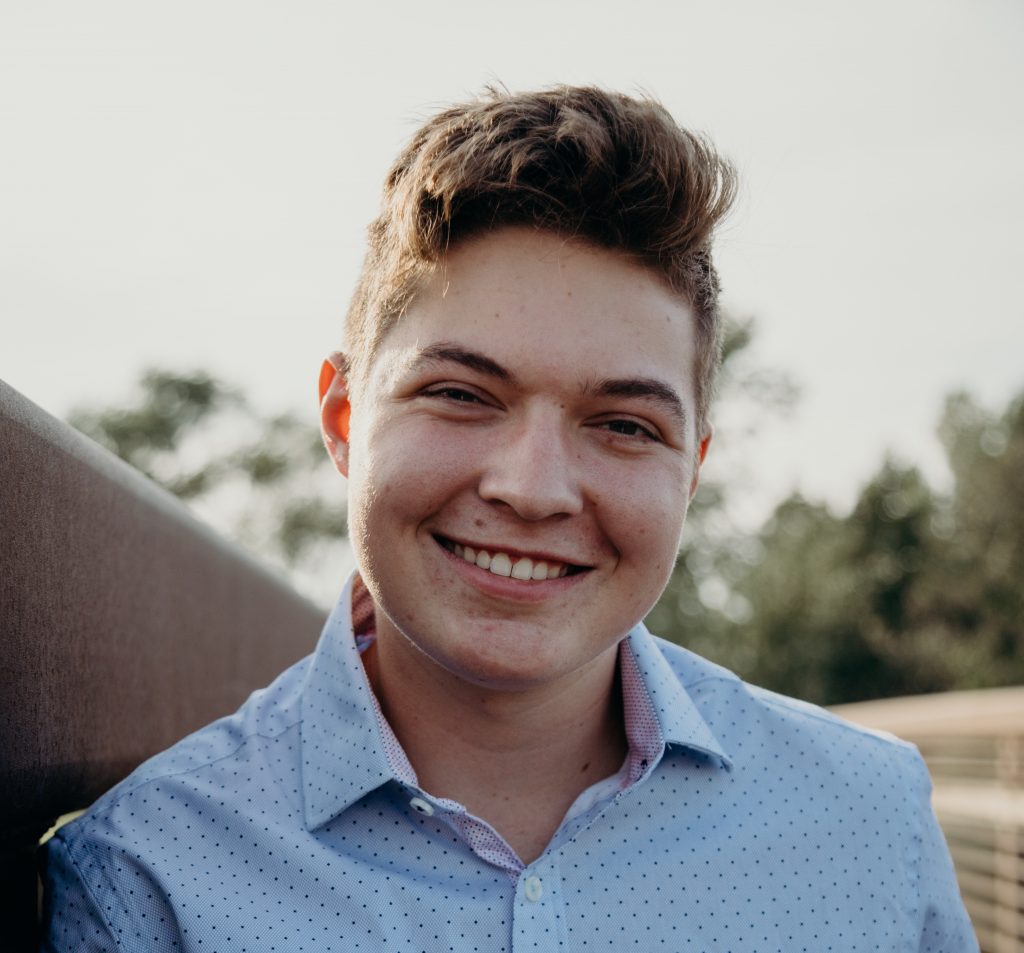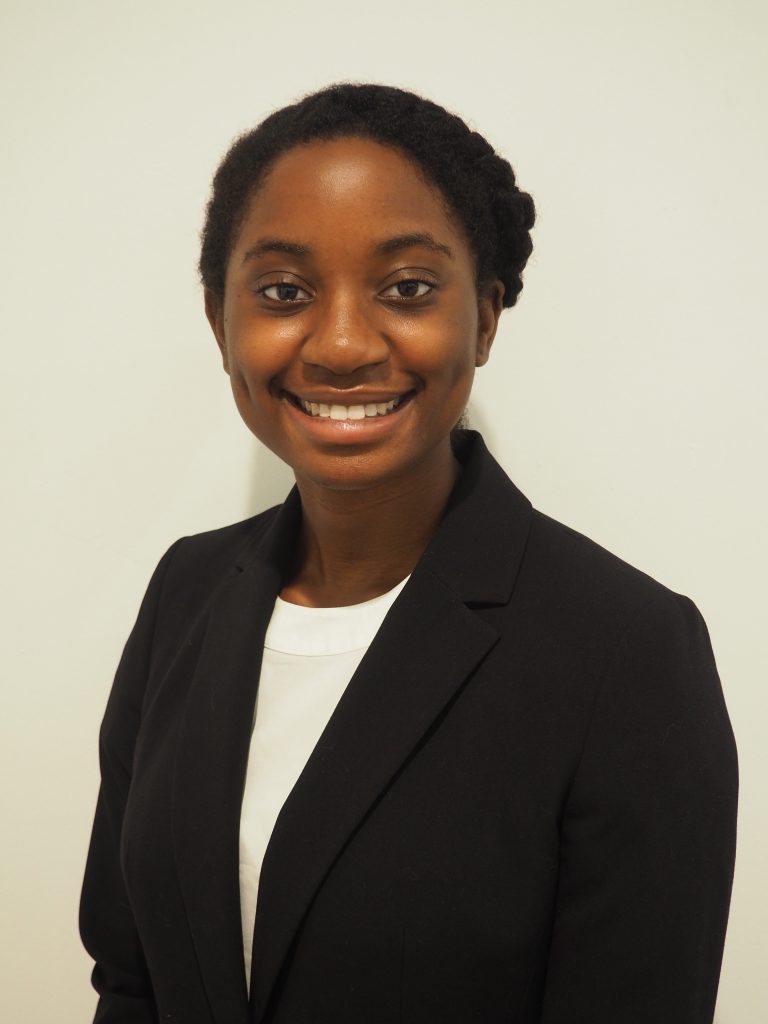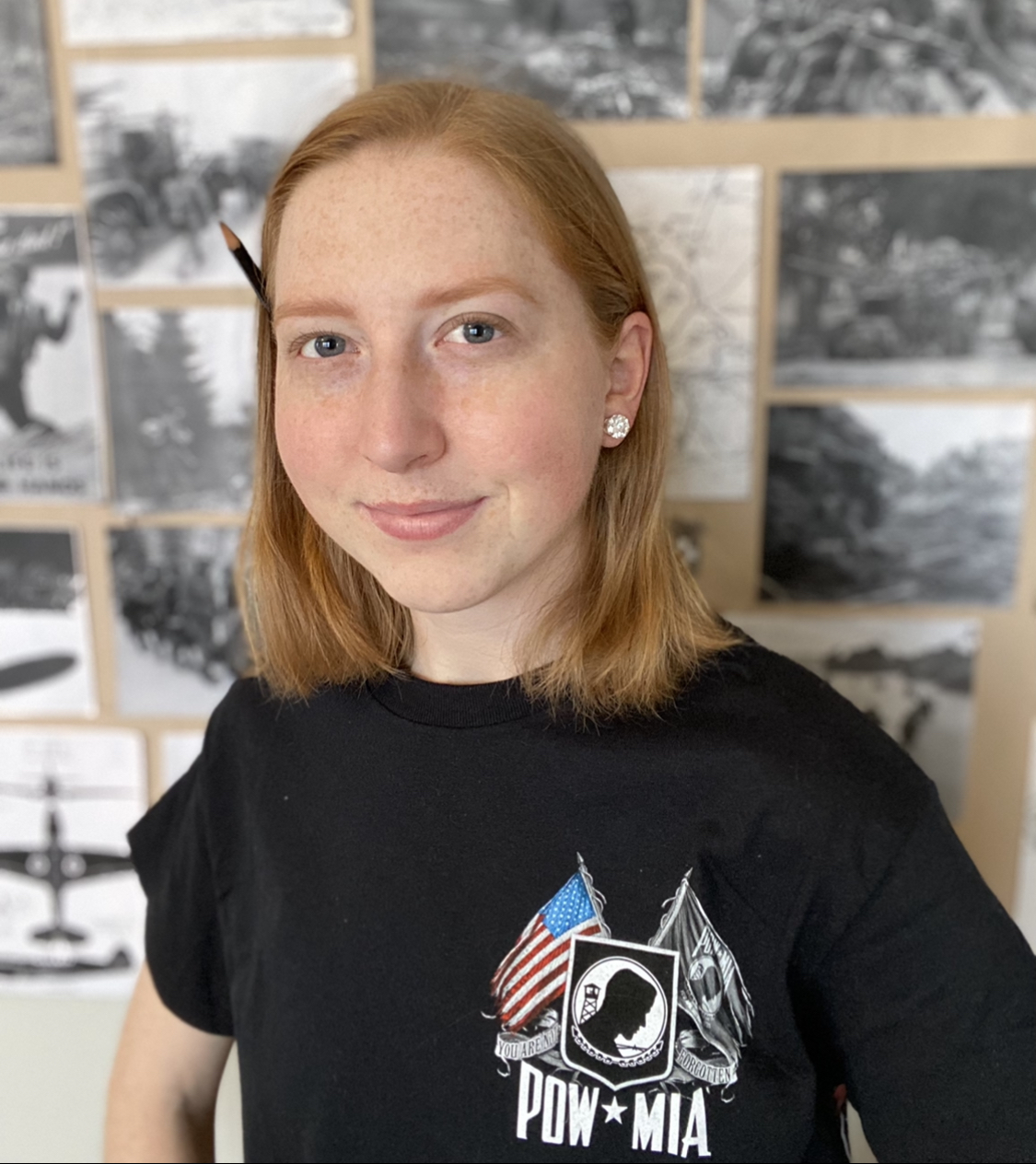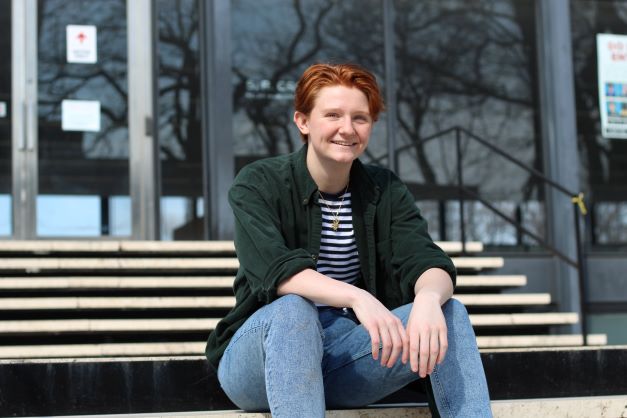
Dear Readers,
2021 was a year of continued sacrifice and struggle through which we stayed resilient, and from that resilience grew excellence. I am excited to unveil the second edition of our collaboration between the Northwestern Undergraduate Research Journal (NURJ) and the Undergraduate Research and Arts Exposition (EXPO). The NURJ is proud to use our platform to showcase EXPO student research in a variety of engaging virtual formats. Additionally, the NURJ worked with the University Library to establish and register a Digital Object Identifier (DOI) for each body of work, ensuring that they will be visible on academic search engines.
The EXPO collaboration was born out of a desire to provide student researchers with additional visibility due to the virtual format of EXPO in 2020, but we are pleased to be presenting it again for what we hope is the beginning of a Northwestern tradition. This year provided several challenges to the NURJ, most notably the passing of our inspiring adviser Professor Allen Taflove. We would like to thank Professor Taflove for everything he did to support the NURJ and encourage us to pursue lofty goals; additionally, we would like to thank President Morton Schapiro and Associate Provost for Undergraduate Education Miriam G. Sherin for their continued backing. Furthermore, we would like to especially thank Chris Diaz of the University Library for helping us through the process of organizing and cataloging.
We have always been proud of our platform for Northwestern students to share their written research, but I hope our recent foray into multimedia will allow for students in a greater variety of disciplines to highlight their research. We aim to increase visibility around subjects that may not receive as much attention and we hope this is an essential step in doing so. Please feel free to reach out to the NURJ at eic@thenurj.com with questions or suggestions.
Happy reading!
Soumya Jhaveri
NURJ x EXPO Managing Editor
NURJ STEM Managing Editor
Suzie Bian
NURJ STEM Associate Managing Editor
Using 3D X-Ray Reconstruction to Determine Why Porcupines Are Airheads: Analyzing the Large Frontal Sinus Spaces

Zachary Kreiner
Q&A
Little is known about the purpose of the frontal sinus in mammals. Using 3D reconstructions, my research looks at the frontal sinus in New and Old World Porcupines to test the previously proposed hypothesis to determine the purpose of the sinus space. These porcupines have some of the largest frontal sinus volumes to cranium volume ratios among animals which makes them interesting to analyze. Our research tested hypotheses related to thermoregulatory, olfactory, and structural roles in the body. Through CT data, we looked for turbinal and vascularization in these spaces to determine the possibility of these hypotheses.
During the Spring semester of my freshmen year at Loyola, I reached out to my professor, Dr. Krentzel, interested in pursuing research. After several meetings, he proposed a research project that involved analyzing the frontal sinus in porcupines through 3D CT reconstructions and I was utterly ecstatic and wanted to start right away.
In the future, I hope to analyze more species of porcupines and other mammals to see if our hypothesis can apply to other animals. I also think that it is important to someday perform field research, looking for porcupine skulls in the wild, in order to find other evidence of this hypothesis in nature. The information obtained from this research, can not only determine why porcupines have such extensive frontal sinuses but could also help explain why other animals, and even humans, have frontal sinuses.
After graduation, I plan to attend Medical School and aspire to become an Emergency Medical attending someday to serve and give back to my community.
The Impact of COVID-19 Cognitive and Emotional Experiences on Increases in Anxiety and Depression in Youth

Abigail O. Ayemoba
Q&A
Essentially, my research topic is in regards to the mental health of children and adolescents during the pandemic, specifically youth experiencing increased depression and anxiety. “What could be driving this increase in anxiety and depression in youth during COVID-19?” was our essential question.
In Summer 2020, I was involved in helping the Families, Affective Nueroscience, and Mood Disorders (FAM) Lab at UIC collect COVID-19 experiences survey responses from participants in FAM Lab’s concurrent longitudinal studies. In Fall 2021, I started thinking how the collected data could be used as a snapshot of youth experiences during COVID-19, and potentially provide understanding as to why youth are exhibiting increased depression and anxiety.
I would love to see this work expanded into minority populations. By nature of our countries disparities, COVID-19 was not experienced equally across ethnic and racial demographics. Youth who identify as BIPOC are potentially more likely to experience worse situations due to COVID-19, which could exacerbate their incidences of anxiety and depression. Expanding into these populations can highlight disparities and identify key work in clinical and research realms to address those gaps.
I will be working as a clinical research assistant in the pediatrics department within Rush University Medical Center (RUMC).
WWII POW GRAPHIC NOVEL

Melina Testin
Q&A
POW! Prisoners of war find freedom in my collection of military history graphic novels that depict the real life experiences of POW veterans in WWII. Each entry includes a true POW story of valor and suffering told in the art and prose of a comic book, an illustrated glossary, and an interactive activity, allowing readers to experience history in a variety of dimensions. I have been honored to listen to these veterans’ oral histories, read their letters and memoirs, and communicate with the veterans’ families in her research. Enlightened respect for POW veterans. Passion for military history, and courage to color outside the lines of traditional modes of education are the values I aim to instill in others as I illustrate to illuminate the past.
Creating a historical graphic novel has always felt like the obvious culmination of my passions for art and history, and I finally found the inspiration to complete it in my fellowship working with the Pritzker Military Museum on their 2022 exhibit Life Behind the Wire: Prisoner of War. I was keen not only to challenge myself to present historical research in the format of graphic novels, but to attack the rather daunting genre of oral history and misunderstood stories of POW veterans.
In listening to these stories and depicting them specifically, there is so much to be learned from their distinct personal accounts, and there is something much more connective about individual stories that cannot be understood in the generalization of war experiences. What began as inspiration to focus on my own goals, has truly morphed into something much deeper. As veterans of WWIl disappear from living memory, I have come to understand myself as a ‘steward of stories. They have done the hard work of unburdening themselves of their dark war memories and taken the brave step in owning the label ‘prisoner of war. Now, my work begins to ensure their stories continue to be valued by future generations.
I will return to Loyola University Chicago to pursue a Masters Degree in Public History.
Life Cycle Analysis of Commuter ROutes to IIT

Melina Testin
Q&A
This research aims to quantify the experience of commuting from common neighborhoods in Chicago to Illinois Tech. This is done by looking at ten addresses from Bridgeport, Hyde Park, and Lincoln Square and quantifying the time, cost, and greenhouse gas emissions of six different modes of transportation (car, CTA train, CTA bus, walking, biking, and the Chicago divvy bike system) to the IIT campus. Time was quantified using google maps all set for a departure at 8:00 am on a Thursday. Cost was quantifed using IRS data for the cost of a car per mile, CTA fair rates, and Divvy bike rates. And greenhouse gas emissions were calculated using the GREET model from Argonne National Labs which is an analytical tool that simulates energy use and greenhouse gas emissions for different vehicles and fuel types. From this collection of data the different modes of transportation can be compared with one another in terms of the human experience as well as environmental impact.
Transportatation makes up the largest percentage of greenhouse gases emissions in the US so changing the way we travel can make a large change on the country’s overall impact on the environment. But to change the way we travel we must first understand the impact that different modes of transportation have on how we live. I wanted to not only look at the environmental impact of modes of travel but also how people would experience it in their day to day lives because even though walking is the most environmentally friendly of the choices it is more times than not, not a viable option for commuters due to time constraints. So this research aimed to quantify the lived experience of travel in the small community of IIT to be able to make choices of how to commute better.
Traveling is an integral part to daily life. According to the US Census Bureau the average American commute is approximately 28 minutes, meaning we spend almost an hour everyday travelling. In addition the most commonly used mode of transportation is personal vehicles making up 76% of the commuter’s choice ot travel. This means that this field of study is only increasing in importance. Changing the landscape of how we travel takes understanding how different modes of transportation differ from cars for the individual user like this research aimed to do for the IIT community. Building on this small scale information is imperative in changing the way we travel. Future considerations for this research would be to broaden the reach of where each commute is coming from and going as well as to add multi-modal transportation.
I am graduating in the summer of 2024 with a Bachelors of Science in Civil Engineering and a Masters of Engineering in Transportation Engineering. After graduation I plan on working under a state or city department of transportation to work on long term public transportation systems design.
